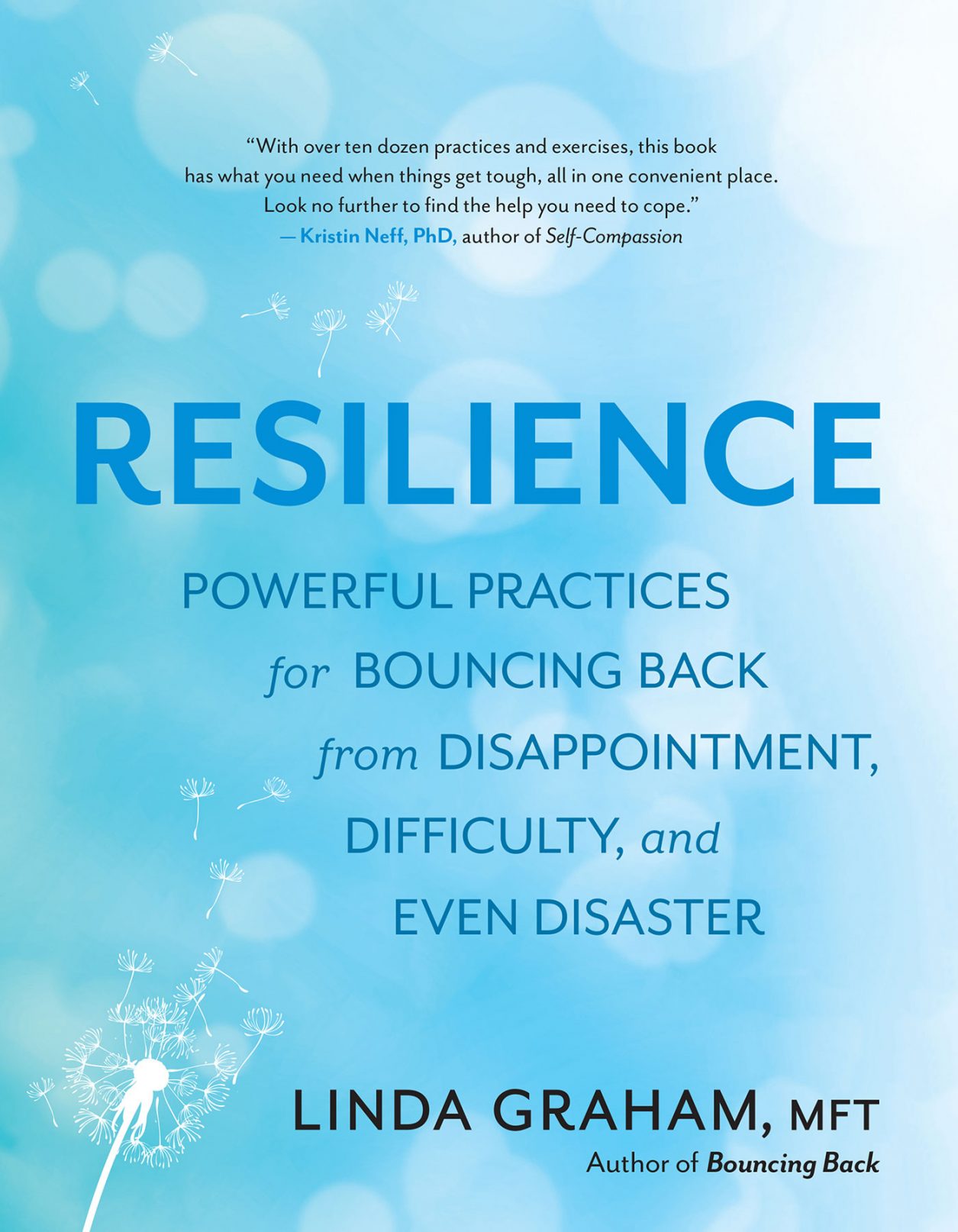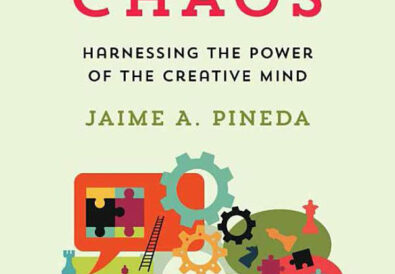Life is full of challenge. We can’t avoid that. No matter how hard we try, how earnestly we seek, or how good we become, life throws us curveballs and pulls the rug out from under each and every one of us from time to time. No one is immune from that reality of the human condition. Bumps and bruises, even occasional catastrophes and crises, are so inevitable in human experience that we don’t have to take “bad things happening to good people” so personally.
We can’t change the fact that sh.t happens. What we can change is how we respond. When something challenging or even devastating happens, we have the power — the flexibility — to choose how we respond. It takes practice, and it takes awareness, but that power always lies within us.
When Sh.t Happens: Developing Response Flexibility
When faced with external problems and pressures—car accidents, catastrophic illness, divorce, the loss of a child—or when we are called on to help others face sudden and disastrous shifts in their lives, we can hardly be blamed for seeking to fix the problem by changing the circumstances and conditions “out there.” Even when we are tormented by internal messages about how badly we are coping — “I could have thought of that before. Dumb, dumb, dumb!” — we often still focus on fixing the external problem “out there” in order to make ourselves feel better “inside.”
Of course, it’s important to develop the life skills, resources, and wisdom to create changes in those external circumstances when we can, and to learn to cope well, again and again and again, when we can’t. That’s part of what resilience is all about. It’s all good work, all necessary, all helpful. But every bit as important as focusing on what’s “out there” is how we perceive and respond to what’s “inside”— to any external stressors, to any internal messages about those stressors, to any internal messages about how well or poorly we’re coping, and even to any implicit memories of danger from the past that are triggered by the current event and may feel very real right now. Our capacities for perception and response are among the most important factors determining or predicting our ability to be resilient and regain our balance going forward.
Shift Happens, Too
Whatever shit might be happening, the key to coping with the situation is how we shift our perception (our attitude) and our response (behavior). It may seem that there’s no end to external stressors, or to negative internal messages about how we’re coping with them. That’s why creating a shift in perception (attitude) and in our responses to those stressors and those messages (behaviors) may be the most effective choice we can make to strengthen our resilience.
You can experience this power of shifting your attitude and behavior by refocusing your attention from what just happened to how you are coping with what just happened.
- Darn! I dropped the plate! It’s shattered in a dozen pieces. Double darn — that was the special plate my aunt gave me when I graduated. Sigh. I’ll call my aunt to tell her. We’ll commiserate. Maybe we can shop for another special plate next week — it will be a good excuse for a visit.
- Three thousand bucks for a new transmission! That’s a lot of money. An..at least it’s something fixable. The car will still run for another five years, and…we’ll take one less week of vacation this year, and…in the very long run this is just a big bump on a pickle.
- The doc wants to run more tests. Not such good news. This is really, really hard. Well, better to know, better to get the information I need to deal with this head on.
The big lesson of this practice is that if we can shift our attitude and behavior in these circumstances, we can shift them in any circumstances. Knowing this is the big shift.
This shift is how we move from “poor me” to an empowered, active “I.” It’s a shift from a fixed mindset to a growth mindset, a way of keeping the mind open to learning. We can change any internal messages we may be hearing about how we are coping (or not) or have coped (or not) in the past. Strengthening resilience includes coming to see ourselves as people who can be resilient, are competent at coping, and are competent at learning how to cope.
Neuroplasticity
All of the capacities that develop and strengthen your resilience — inner calm in the midst of the storms, seeing options clearly, shifting perspectives and responding flexibly, choosing to choose wise actions, persevering in the face of doubt and discouragement — all of these capacities are innate in your own being because they are evolutionarily innate in your own brain.
All your life, your brain has the flexibility to create new patterns of response to life events because of its neuroplasticity. A mature adult brain is physically stable, but its functioning is fluid and malleable, not inert or fixed. Your brain can grow new neurons, connect those neurons in new circuits, embed new learning in new neural networks of memory and habit, and rewire those networks whenever it needs to.
The adult brain’s ability to continue to develop and change its functioning — lifelong — is without question the most exciting discovery of modern neuroscience. Neuroplasticity in the adult human brain was accepted as scientific truth only about thirty years ago, with the development of imaging technology that allowed neuroscientists to see these changes actually happening in the prefrontal cortex, the brain’s center of executive functioning, as well as elsewhere in the brain. Neuroplasticity is the engine of all learning, at every point in the human life span.
Neuroplasticity means that all of the capacities of resilience you need are learnable and recoverable. Even if you didn’t fully develop your capacities for resilience in early life — maybe because of a lack of healthy role models, less-than-secure early attachment, or the experience of too many adversities or traumas before your brain had developed the necessary circuitry to cope — you can develop them now. That’s right. The human brain can always learn new patterns of coping, install those patterns in new neural circuitry, and even rewire the old circuitry when old patterns no longer serve a constructive purpose. The neural networks underlying your coping strategies and behaviors can be shaped and modified by your own choices, by self-directed neuroplasticity. You can learn, change, and grow now because your brain can learn, change, and grow always.π
Excerpted from the book Resilience: Powerful Practices for Bouncing Back from Disappointment, Difficulty, and Even Disaster, with permission of New World Library. ©2018 by Linda Graham.
 Linda Graham, MFT, is the author of Resilience and also Bouncing Back, the winner of a 2013 Books for a Better Life Award. She is an experienced psychotherapist who integrates modern neuroscience, mindfulness practices, and relational psychology in her international trainings on resilience and well-being. Visit her online at www.lindagraham-mft.net.
Linda Graham, MFT, is the author of Resilience and also Bouncing Back, the winner of a 2013 Books for a Better Life Award. She is an experienced psychotherapist who integrates modern neuroscience, mindfulness practices, and relational psychology in her international trainings on resilience and well-being. Visit her online at www.lindagraham-mft.net.




















